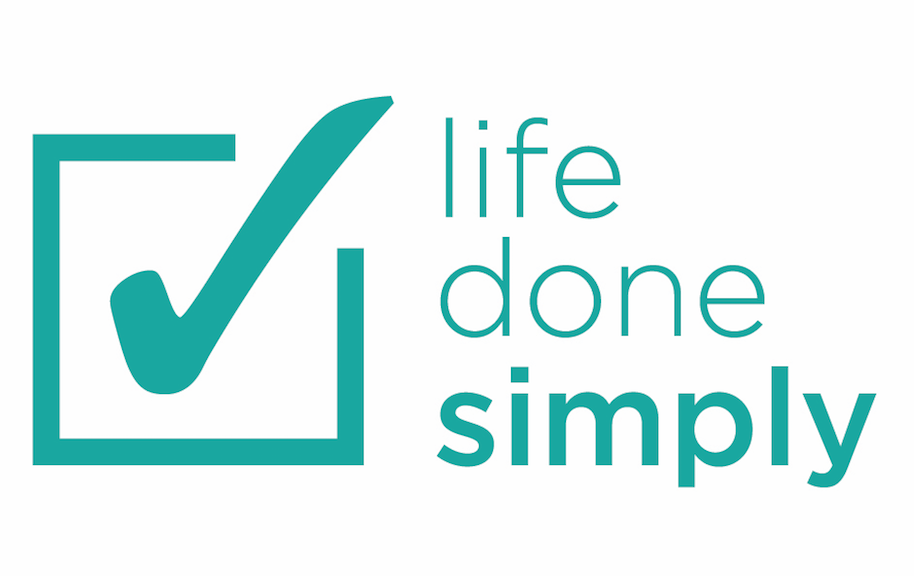Plan tomorrow today, then leave it!
/Planning your day and trying to be productive can sometimes feel like a full-time job. Beautiful color-coded calendars and planners do a great job of romanticizing the idea of becoming more productive, but those tools won’t make you more productive—They often only give the illusion of being productive.
The 5 strategies below will help you take control of tomorrow so you can rest easy and put today behind you!
Strategy #1 - Set boundaries around your workday
This goes for anyone who works outside the home or inside the home!
We are tethered to our work more than ever before. You may be getting an email from someone in the PTA at 10 pm or someone in your office may be sending out reports in the middle of the night. To stay PROactive, you need to build boundaries around your day.
Practice: Decide on a regular time when you can stop managing daily tasks, and you can begin to focus on energy management or time with family. Pledge to put your phone or laptop away, or at the very least, turn off notifications at this time.
“Others will respect the boundaries you create when you stop apologizing for them.”
Strategy #2 - Schedule time at the end of each workday to prepare for the following day
Take 10-15 minutes at the end of each day to file away papers and put away projects. Do a quick tidy of your workspace. Shred or toss papers that you no longer need and put away supplies. Most importantly: Evaluate what you accomplished that day. Where was your time best spent? What distractions appeared? How can you best spend your day tomorrow?
Practice: Block 10-15 minutes in your calendar for evaluation and organizing at the end of each day.
“We typically measure ourselves by what we haven’t done. If we look at what we’ve accomplished, time no longer seems like a burden that is always demanding more of us.”
Strategy #3 - Identify 2-3 priorities for the following day
Give yourself a reasonable amount of PROactive action items for the following day. PROactive action items are tasks that move you closer to accomplishing a project or achieving a personal or family goal.
Evaluate: Do the 2-3 priorities I’ve identified for tomorrow align with my vision and values?
It’s easy to get caught in the REactive trap where everything that comes across your desk or kitchen table is important and needs your attention ASAP. That is why it is incredibly important to identify your values and goals and make them a priority by scheduling time for them in your calendar. REactive tasks, such as responding to emails or an impromptu request from a co-worker, are inevitable. However, those tasks should not navigate your day.
If you are frequently putting someone else’s needs ahead of your goals, imagine what would happen if you asked those individuals for permission to shift your priorities so you could accomplish your goals.
Practice: Write out your 2-3 PROactive priorities for the following day. Be sure that these priorities can be easily accomplished in one day’s time.
“When we don’t understand our values, outside forces determine our priorities.”
Strategy #4 - Use a simple method of planning
A simple notebook or a brightly colored post-it note is all you need to hold yourself accountable. The trick is honoring this method by letting it take center stage. If you prefer electronic methods of keeping track of your day, choose the most simplistic form until you’ve proven that you can stay consistent for at least one month.
If you find that you love the process of physically writing out your intentions and action items, follow that intuition, but be careful. Sometimes we can get so caught up in crossing things off that we add unimportant items to our daily action list so we can feel good when we complete them. Busy work does not equal important work!
Practice: Use a consistent method for keeping track of your daily priorities and action items for at least one month.
“When simplifying, it’s not the tools that matter. It’s the practice.”
Strategy #5 - See it, leave it, and trust it!
By following the above 4 strategies, you should feel confident that you have adequately evaluated your work and have a plan to move forward the following day. When you begin each day, your priorities should act as a compass for the day.
Practice: Leave your list of priorities and action items somewhere visible. This list should be the first thing you see when you begin your workday.
TIP: Things may come up that disrupt your plan, and that’s ok. Each time that happens, evaluate:
Is this more important than my priorities and PROactive tasks?
Can this wait until I’ve completed my PROactive tasks?
If not, what type of boundaries can I build around this REactive task so I can easily move on to more productive work that aligns with my vision and values?
“Remarkable work is usually accomplished by those who have non-typical priorities.”
Do you want to learn more about identifying your Vision & Values? Life Done Simply offers a 1-hour virtual Vision & Values coaching session + digital workbook. Setting achievable goals is only one click away!
Aimee Olson of Life Done Simply is a Productivity and Organizing Coach and is a member of the National Association of Productivity & Organizing Professionals (NAPO).



